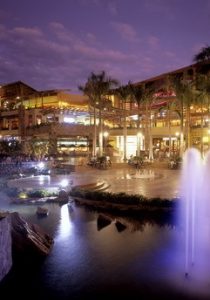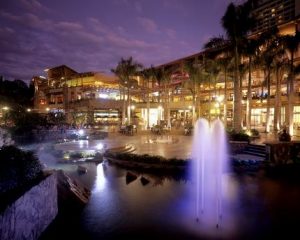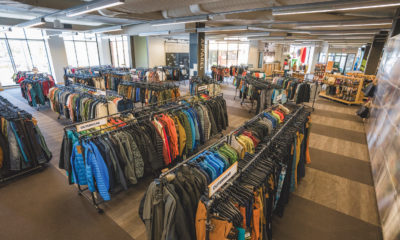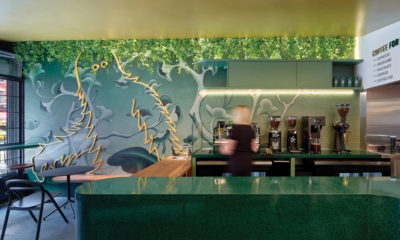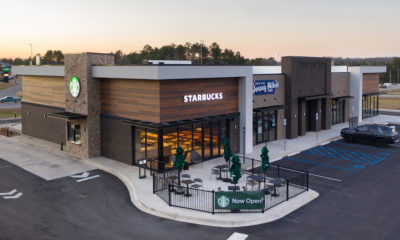More and more, being knowledgeable about sustainability isn’t just the right thing for designers to do – it’s the smart thing to do. If retailers want to respond to the growing concern about using our resources more wisely, they’ll be looking for designers who understand the ins and outs of codes, local requirements and best practices.
Why, then, don’t all designers get LEED accreditation? Being a LEED AP (accredited professional) means demonstrating a thorough understanding of the U.S. Green Building Council (USGBC) building practices and principles and familiarity with LEED (Leadership in Energy and Environmental Design) requirements, resources and processes.
There are lots of reasons designers hold back: There’s no time to study for and take a two-hour test; the test has gotten harder; and it’s all just common sense anyway, right? Besides, there are lots of experts out there to bring in.
But I would argue that, designer or not, if you’re involved in making store design decisions, you can’t afford not to get LEED accredited, for both business and professional development reasons.
Why Do You Need LEED AP?
Like it or not, green thinking is more than a trend – it’s all but mainstream. Retailers that have made it a priority are starting to reap the benefits, while those that haven’t increasingly ignore it at their peril. The more informed staff members are, the better positioned the store is to compete on sustainability factors, including being able to evaluate potential design partners. Plus, the expense associated with becoming LEED accredited is minor when compared to the cost of bringing in a green consultant.
Professionally, too, it’s a no-brainer. Anything that broadens your knowledge base makes you a better designer, team member and employee – one now able to offer best-practice knowledge in an increasingly valuable discipline. I can’t speak for all firms, but when Callison interviews job candidates these days, those with LEED AP after their names have a leg up. Getting accredited sends a message that you’re serious about sustainable practices, and also tends to be a catalyst for others to follow.
We should acknowledge that LEED accreditation is not the only way to be a green designer. Critics argue that those who achieve accreditation know only LEED specifications, not sustainable design. While that may be true, there is still valuable, eye-opening information to be gained while studying for the test.
And the fact is, LEED is rapidly becoming the de facto regulatory standard, as evidenced by the growing number of jurisdictions that require LEED certification, such as Seattle and Boston. Some are now extending the LEED requirement to all private projects over a certain size. At the same time, a good understanding of LEED principles helps when it comes to meeting rising standards in state energy-efficiency requirements, like those in California or New York.
Ready to Get Started?
First, familiarize yourself with the U.S. Green Building Council’s web site (www.usgbc.org). There you’ll find information regarding which test is most appropriate for you; study guides; dates and locations for tests; and so on. There are three available tests: LEED for New Construction, LEED for Commercial Interiors and LEED for Existing Buildings.
To prepare for test day, I advise joining or starting a study group. The discipline and dialogue that group sessions generate is more effective, efficient and fun than trying to learn the material on your own. The group I joined three years ago brought in engineers to explain the concepts of daylighting and full commissioning, among other things.
An ideal group will meet for an hour once a week, for eight to 10 weeks. This will give people enough time to cover each of the test’s six categories (group members can divvy up topics) and bring in experts if desired, discuss questions, review and even take practice exams. The test is ultimately a measure of your technical grasp of LEED project certification. A solid grasp of principles is important, but the details do matter.
Design of the Future
It was less than 20 years ago that design professionals grumbled about the perceived burdens associated with the American Disabilities Act – that it was too much extra work, it would hamper creativity or it was an excuse for consultants to charge more. Now, of course, nobody bats an eye at the notion that buildings should be accessible to all people.
I think in a decade or two we’ll feel the same way about sustainable design and marvel at how we could ever have designed our stores in the absence of principles that keep the world healthy – and still satisfy retailers’ needs for sound structure, budget, available materials, adequate lighting and that optimal customer experience. Toward that future, I say this is one test we all need to pass.
Kjell Anderson is an associate at Callison who recently presented “Creating a Sustainable Plan” to the National Institute of Store Planners in Seattle.
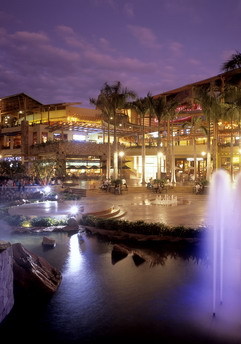

 Photo Gallery2 weeks ago
Photo Gallery2 weeks ago
 Headlines5 days ago
Headlines5 days ago
 Headlines1 week ago
Headlines1 week ago
 Headlines2 weeks ago
Headlines2 weeks ago
 Headlines4 days ago
Headlines4 days ago
 Headlines2 weeks ago
Headlines2 weeks ago
 Headlines3 days ago
Headlines3 days ago
 Designer Dozen1 week ago
Designer Dozen1 week ago
